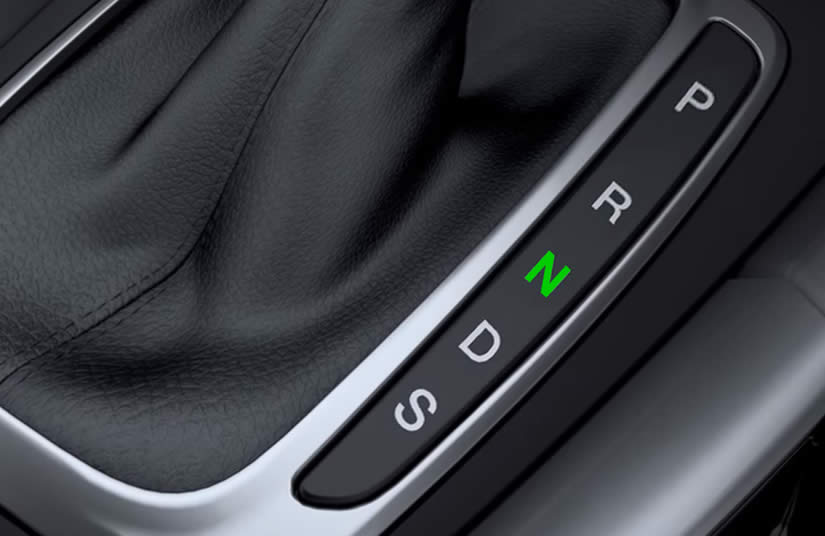As the driver of an automatic car, like many, you probably use only Park (P) and Drive (D). You may even use the manual gear shift paddles on the steering wheel if your car has them, but you probably haven’t used neutral. So what’s the point of neutral in an automatic car?
Why Do Automatic Cars Have Neutral?
Automatic cars have neutral for two reasons:
- If the car needs towing
- If you need to push the car
Car Needs Towing
In terms of popularity, automatic cars are catching up with the traditional manual transmission and will soon become the most popular car in the UK. With increased popularity, inevitably, more breakdowns of cars with an automatic transmission will occur.
If an automatic car needs towing, ideally the drive wheels need to be off the ground, else there’s a risk of damaging the vehicle’s transmission. If you have a front-wheel drive car, the front wheels need to be off the ground when towing, in this instance a car tow dolly can be used.
For rear-wheel drive cars, the wheels will either need to be raised from the ground while towing, or the drive shaft disconnected from the rear axle. For all-wheel drive cars, the easiest method is to use a flatbed.
If your only option is to have all four wheels on the ground while towing, you’ll need to select neutral before attempting to tow. In Park (P), the engine is disengaged from the transmission, but a parking pawl mechanically locks the output shaft of the transmission. Towing in Park (P) will certainly cause damage to the transmission.
In neutral, the engine is also disengaged from the transmission but the transmission is not locked. However, towing over long distances with all four wheels on the ground will still cause damage to the transmission. All automatic cars are a little different, but the owner’s manual will state the distance that is can be towed with all four wheels on the ground and at which maximum speed.
Pushing an Automatic Car
You can usually push and automatic car if it’s broken down, unless there’s a fault causing the gearbox to jam. To push an automatic car:
- Turn the ignition to the ‘on’ position
- Unlock the steering
- Select neutral
Do you Start an Automatic Car in Park or Neutral?
You should always start an automatic car in Park and select Park just before you switch off the engine. As Park locks the transmission, it’ll prevent the car from rolling if you’re on a slope. Neutral does not lock the transmission and therefore there’s a risk of the car rolling. However, starting an automatic car in neutral will not cause it any harm to the vehicle.
What Happens if you put an Automatic Car in Neutral while Driving?
Some drivers of automatic cars put the gear selector into neutral when going downhill in the belief that they’re saving fuel, this is called coasting. In modern cars, when the accelerator pedal is not pressed, the fuel is shut off, so no fuel is being used and the momentum of the car keeps the engine running.
If you are in neutral, some fuel will be used to keep the engine ticking over, so you may end up using more fuel by putting an automatic car in neutral while driving.
Keeping the car in ‘Drive’ while going downhill helps to slow down the vehicle by use of ‘engine braking‘. As long as the accelerator pedal is not pressed, all the engine components being rotated by the road wheels slow the vehicle, but if you select neutral, it disconnects the engine, meaning engine braking will not occur.
This means that the driver will need to use the brakes more and the more the brakes are used, the hotter they get. When car brakes get very hot, brake fade can occur, meaning the brakes will become far less effective. Generally, you’ll not harm an automatic car by putting it in neutral while driving, but you’ll have less control and run the risk of failing brakes.
